#Planetary and Space Science
Explore tagged Tumblr posts
Text
#Via: Tekniikan Maailma#Science Direct#Solar System#Iron bolide#Asteroid impact#Planetary and Space Science#India#Luna structure#Impact crater#wüsite#kirschsteinite#hercynite#ulvöspinel#Banni Plains#Kutch Basin
0 notes
Text
Clearest Image ever taken of Mars’ North Pole. Yes that’s water ice.
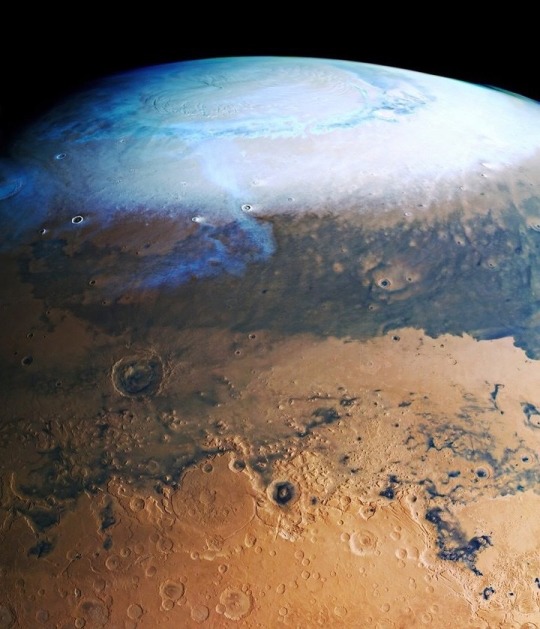
#mars posting#mars planet#water on mars#life on mars#mars#planet mars#astronomy#nasa#astronomers#universe#nasa photos#astrophotography#outer space#astrophysics#nasawebb#hubble space telescope#our universe#the universe#space exploration#space#science#space travel#space science#international space station#astronomy photography#i love astronomy#astronomy facts#astronomy picture of the day#planetary nebula#solar system
2K notes
·
View notes
Text
When the Hayden Planetarium opened in October 1935, it was only the fourth planetarium in the United States. Nearly a century later, the Museum is still bringing audiences the latest science about our cosmos. Visit the Hayden Planetarium and the Rose Center for Earth and Space to learn about the 13-billion-year history of the universe!
#science#amnh#museum#nature#natural history#fact of the day#did you know#natural history museum#museum of natural history#things to do in nyc#space#astronomy#planetary science#planetarium#nyc museums#cleaning#cleancore#vacuum
538 notes
·
View notes
Text
NASA has launched the Europa Clipper spacecraft on an almost 10-year mission to learn whether conditions on Jupiter’s moon could sustain life in what scientists believe could be a deep ocean hidden beneath its icy surface. The spacecraft, which is supposed to travel 3 billion kilometres (1.8 billion miles), was launched on Monday on board SpaceX’s Falcon Heavy rocket from a NASA facility on Florida’s east coast.
Continue Reading.
#Science#Space#Astronomy#Planetary Science#Jupiter#Europa#Europa Clipper#NASA#National Aeronautics and Space Administration
385 notes
·
View notes
Text
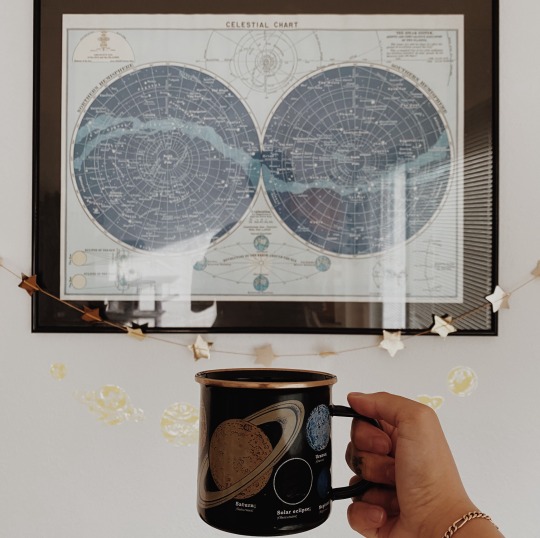
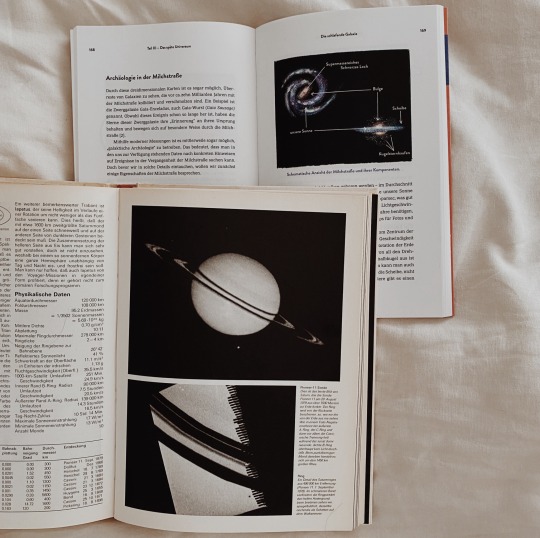

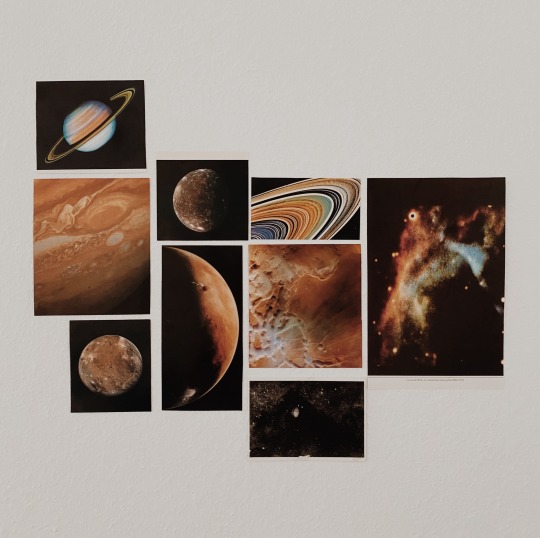
child of the universe, lost in space and time, only a fragment of light, made of stardust ⭐️ reblog is ok, don’t repost/use
#my photos#books#space#outer space#space books#stemblr#stem academia#stars and moon#planet saturn#planetary science#planetary nebula#journal#journaling#writing poetry#writing#writeblr#studyblr#studyblog#studyspo#study motivation#quiet life#self study#light academia#light academia aesthetic#light aesthetic#academia#bookblr#bookblog#book lover
544 notes
·
View notes
Text
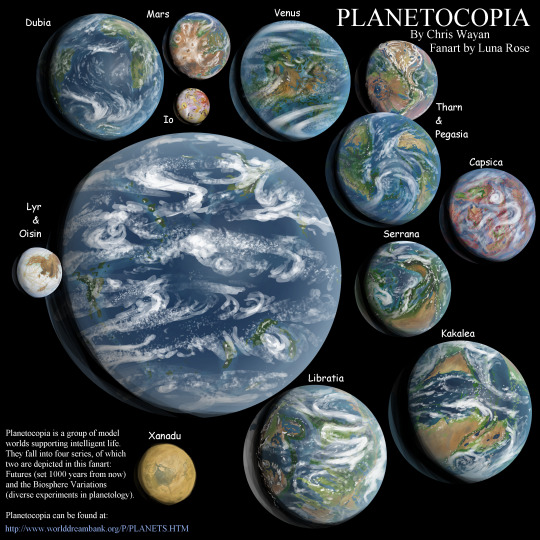
My interpretation of Chris Wayan's Planetocopia, a set of alien worlds that test the limits of planetary habitablity (and also, as it happens, alien furry design.)
Planetocopia can be found here.
The planetary science based design of Planetocopia has been a huge influence on my planet-scale worldbuilding style ever since I learned of it probably close to a decade ago.
These drawings were mostly done by projecting the planet maps onto an orthographic projection and then tracing the coastlines, with all other features done manually, but some of them were traced from the photos of the physical globe models, and Kakalea, Xanadu, and Serrana were done freehanded.
Cloudless version below the cut.

#Planetocopia#planet#space#space art#planet art#worldbuilding#planetary science#planetology#Earth#Mars#Venus#Io (moon)#Io#moon#habitable planet#astrobiology#fanart#digital painting#digital art#art#Dubia#Tharn#Pegasia#Lyr#Oisin#Xanadu#Libratia#Kakalea#Serrana#Anarres
88 notes
·
View notes
Text

Bob Eggleton
152 notes
·
View notes
Text
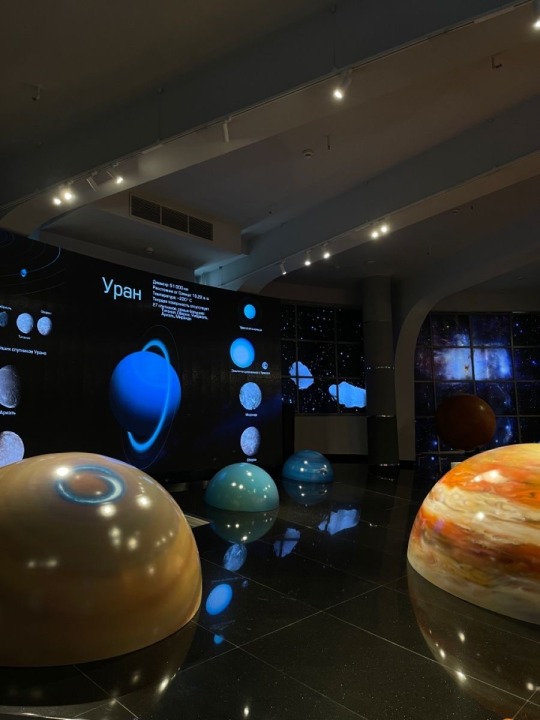


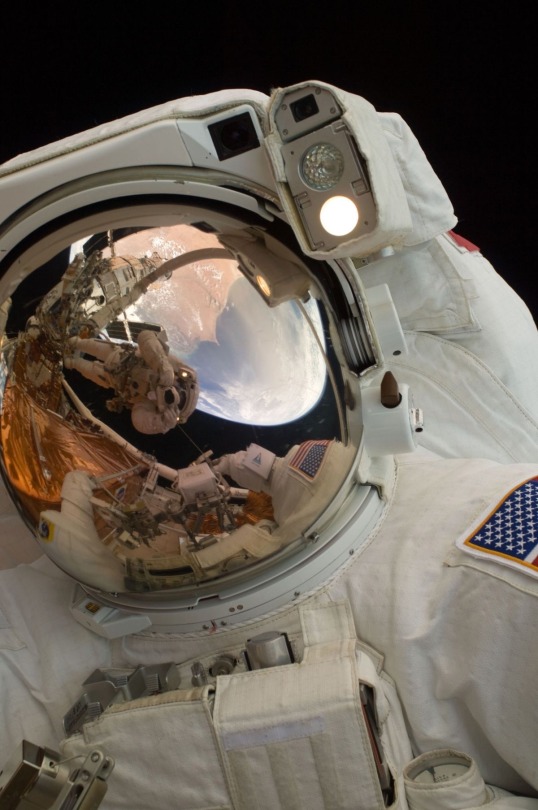
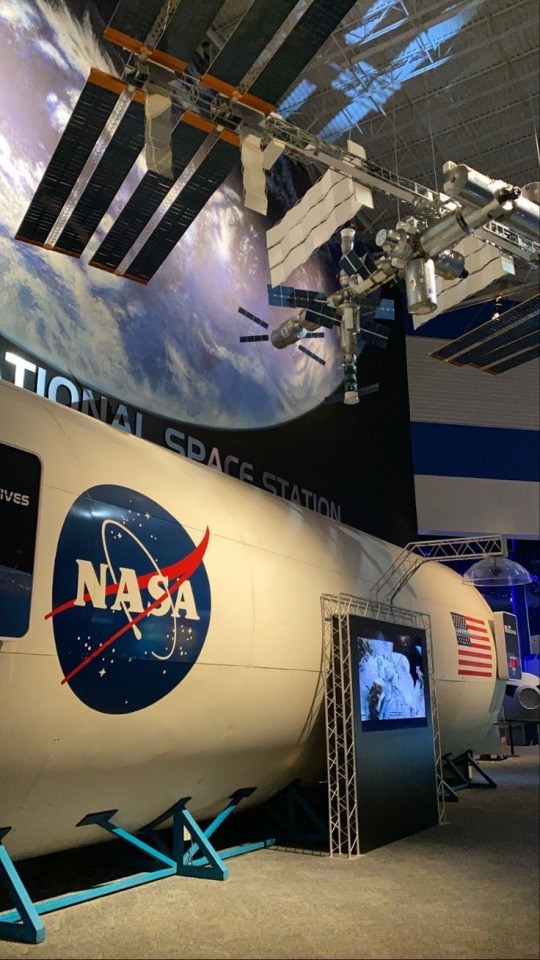
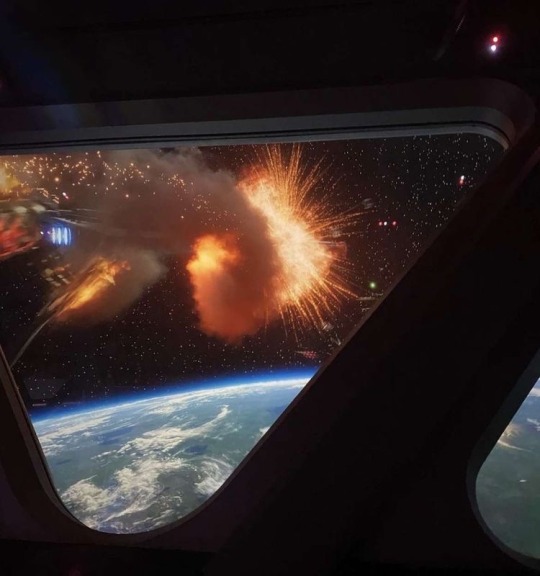
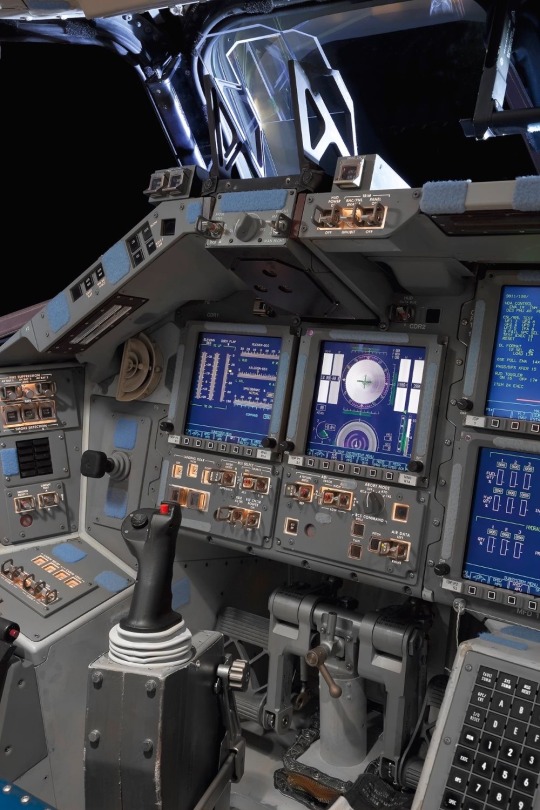
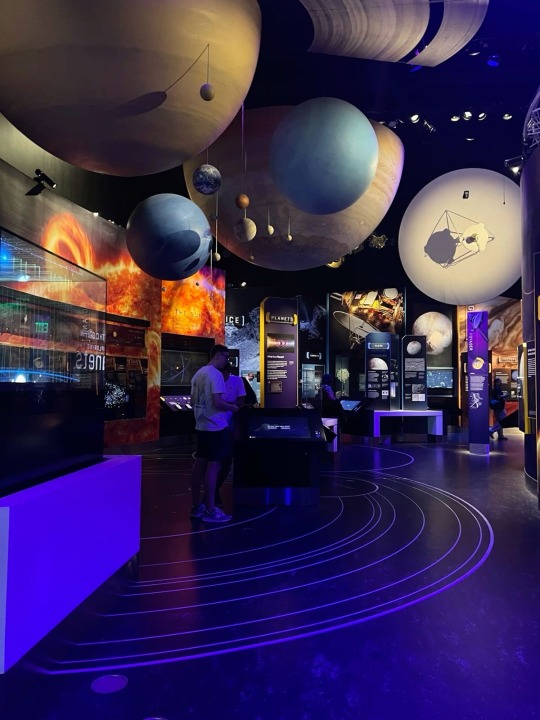
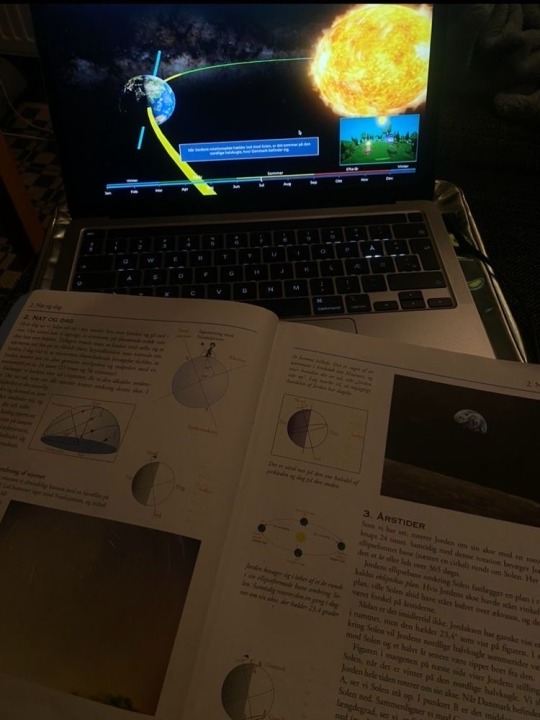
Space/Astronomy Mood board
#moodboard#moodboard account#moodboard aesthetic#aesthetic#outer space#space#pinterest#space aesthetic#blogging#studyspo#astro community#astro observations#astronomy#astrophotography#astroblr#astronaut#astro notes#astrophysics#coquette core#girlblogging#girl core#study#dark academia#photographers on tumblr#photography#space exploration#light academia#study motivation#planetary science#tumblr girls
182 notes
·
View notes
Text
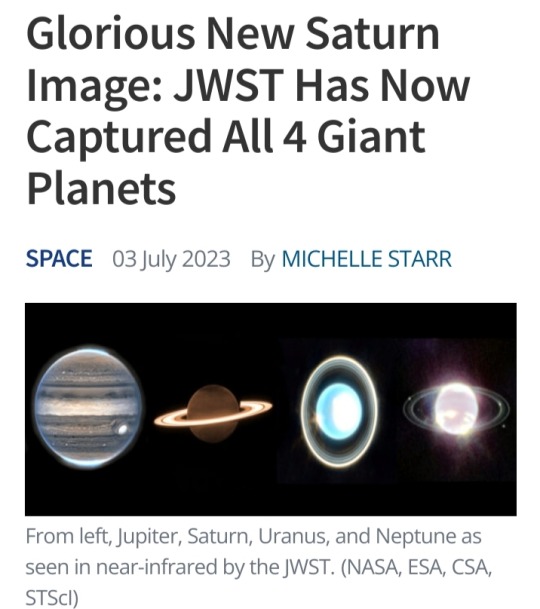
With the addition of Saturn, the James Webb Space Telescope has finally captured all four of our Solar System's giant worlds.
JWST's observations of the ringed planet, taken on 25 June 2023, have been cleaned up and processed, giving us a spectacular view of Saturn's glorious rings, shining golden in the darkness.
By contrast, the disk of Saturn is quite dark in the new image, lacking its characteristic bands of cloud, appearing a relatively featureless dim brown.
This is because of the wavelengths in which JWST sees the Universe – near- and mid-infrared.
These wavelengths of light are usually invisible to the naked human eye, but they can reveal a lot.
For example, thermal emission – associated with heat – is dominated by infrared wavelengths.
When you're trying to learn about what's going on inside a planet wrapped in thick, opaque clouds, studying its temperature is a valuable way to go about it.
Some elements and chemical processes emit infrared light, too. Seeing the planets of the Solar System in wavelengths outside the narrow range admitted by our vision can tell us a lot more about what they have going on.
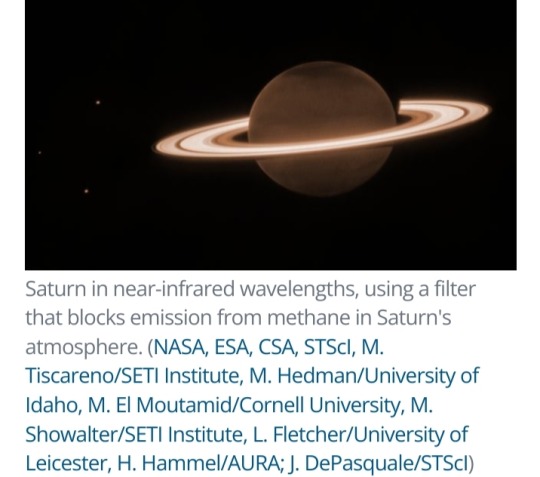
Saturn
As we saw last week, when we clapped eyes on the raw JWST Saturn images, the observations involved filters that dimmed the light of the planet, while allowing light from the rings and moons to shine brightly.
This is so a team led by planetary scientist Leigh Fletcher of the University of Leicester in the UK can study the rings and moons of Saturn in more detail.
They hope to identify new ring structures and, potentially, even new moons orbiting the gas giant.
The image above shows three of Saturn's moons, Dione, Enceladus and Tethys, to the left of the planet.
Although dim, the disk of the planet also reveals information about Saturn's seasonal changes.
The northern hemisphere is reaching the end of its 7-year summer, but the polar region is dark. An unknown aerosol process could be responsible.
Meanwhile, the atmosphere around the edges of the disk appears bright, which could be the result of methane fluorescence, or the glow of trihydrogen, or both. Further analysis could tell us which.
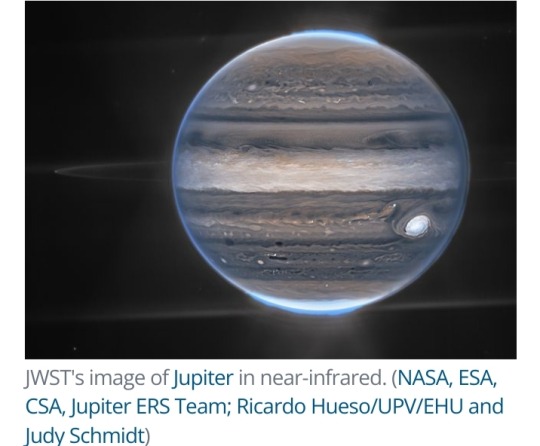
Jupiter
Jupiter was the first of the giant planets to get the JWST treatment, with images dropping in August of last year – and boy howdy were they stunning.
The spectacular detail seen in the planet's turbulent clouds and storms was perhaps not entirely surprising.
However, we also got treated to some rarely seen features: the permanent aurorae that shimmer at Jupiter's poles, invisible in optical wavelengths, and Jupiter's tenuous rings.
We also saw two of the planet's smaller, lesser-known moons, Amalthea and Adrastea, with fuzzy blobs of distant galaxies in the background.
"This one image sums up the science of our Jupiter system program, which studies the dynamics and chemistry of Jupiter itself, its rings, and its satellite system," said astronomer Thierry Fouchet of Paris Observatory in France, who co-led the observations.
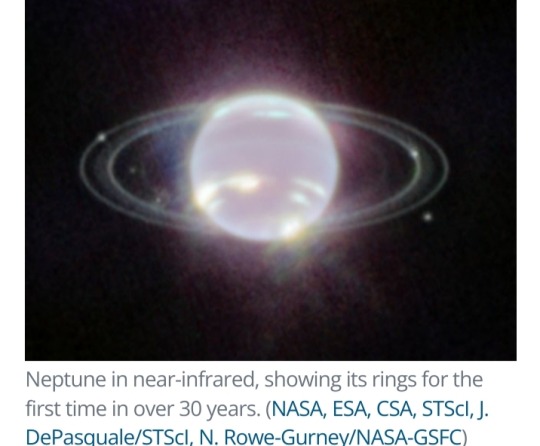
Neptune
Observations of Neptune arrived in the latter half of September 2022.
Because Neptune is so very far away, it tends to get a little neglected; you're probably used to seeing, if anything, the images taken by Voyager 2 when it flew past in 1989.
JWST's observations gave us, for the first time in more than 30 years, a new look at the ice giant's dainty rings – and the first ever in infrared.
It also revealed seven of Neptune's 14 known moons, and bright spots in its atmosphere.
Most of those are storm activity, but if you look closely, you'll see a bright band circling the planet's equator.
This had never been seen before and could be, scientists say, a signature of Neptune's global atmospheric circulation.
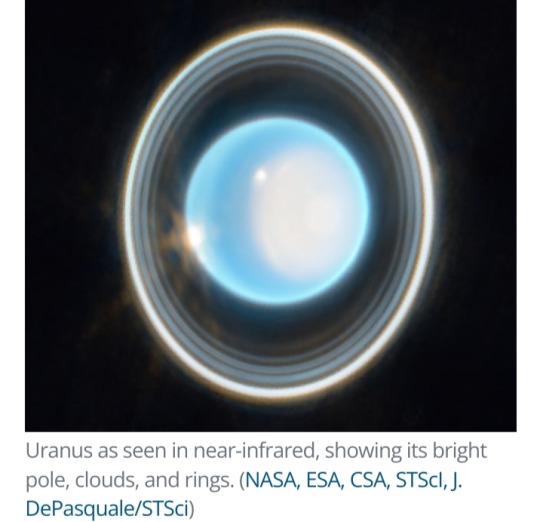
Uranus
Uranus is also pretty far away, but it's also a huge weirdo. Although very similar to Neptune, the two planets are slightly different hues, which is something of a mystery.
Uranus is also tipped sideways, which is challenging to explain too.
JWST's observations, released in April 2023, aren't solving these conundrums.
However, they have revealed 11 of the 13 structures of the incredible Uranian ring system and an unexplained atmospheric brightening over the planet's polar cap.
JWST has a lot to say about the early Universe; but it's opening up space science close to home, too.
As its first year of operations comes to an end, we can't help but speculate what new wonders will be to come in the years ahead.

Top: Jupiter - Neptune / Bottom: Uranus - Saturn
Credit: NASA
#James Webb Space Telescope#Solar System#Saturn#Jupiter#Uranus#Neptune#planets#space#universe#infrared wavelengths#wavelengths#JWST#Leigh Fletcher#planetary science#Thierry Fouchet#moons#Voyager 2#giant planets#astronomy
1K notes
·
View notes
Text


Dwarf planet Eris is ‘squishier’ than expected
University of California, Santa Cruz Professor of Planetary Sciences Francis Nimmo recently co-authored a Science Advances paper about the internal structure of the dwarf planet Eris. Eris is about the size of Pluto but around 50% farther from the sun. The discovery of Eris in the Kuiper Belt beyond Neptune in 2005 prompted the debate that ultimately reclassified Pluto as a dwarf planet. It was an interest in Pluto that drew UC Santa Cruz researcher Francis Nimmo to study Eris. Nimmo was visiting Michael Brown—one of the discoverers of Eris—at the California Institute of Technology about six months ago and realized some of Brown’s new, unpublished data could help reveal information about the properties of Eris. The two worked on models for the next several months and published their results in a Science Advances paper. Two main pieces of information led to their results. The first important clue is that Eris and its moon, Dysnomia, always face the same way toward each other. The main, unexpected result of Nimmo and Brown’s model is that Eris is surprisingly dissipative, or “squishy”...
Read more: https://charmingscience.com/dwarf-planet-eris-is-squishier-than-expected/
#eris#planetoids#dwarf plants#planets#planetary science#science#space science#astronomy#physics#geophysics#space#Pluto
267 notes
·
View notes
Text
The celestial object of the day is TOI-1338b, unofficially known as Wolftopia!

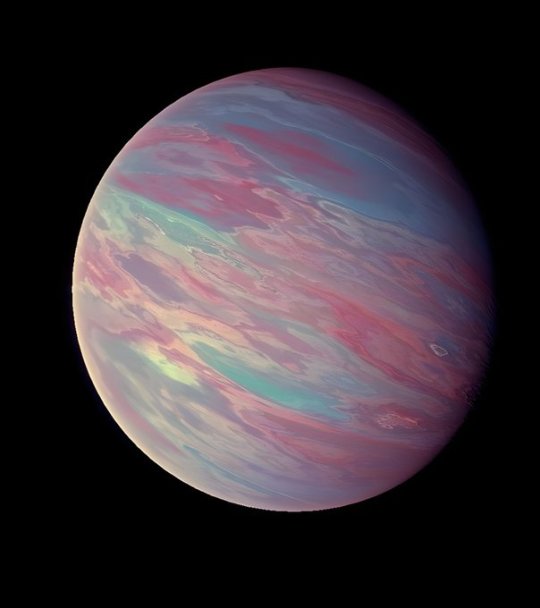
This planet orbits around two stars, causing irregularities in its orbit, making it vary between 95 and 93 days. Although its orbit will keep being stable for another ten million years, its angle towards us will change, meaning that we can't see another transit until 2031.
#Image credit: NASA#I wish I could be more specific with the credits but I can't find the original author anywhere#if someone knows please tell me#Aaand fun fact: wolftopia has a planetary sibling#Called BEBOP-1c#I love acronyms ♡♡#astronomy facts#astronomy#astrophotography#outer space#space#nasa#nasa photos#science#space exploration#space photography#celestial object of the day#TOI-1338b#exoplanets#Wolftopia
139 notes
·
View notes
Text
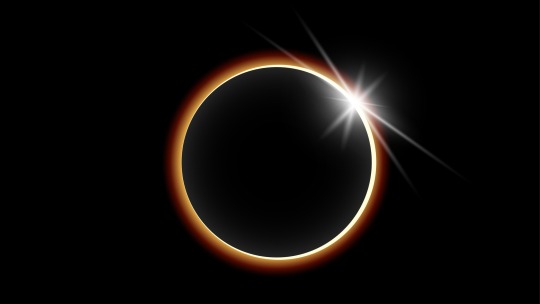
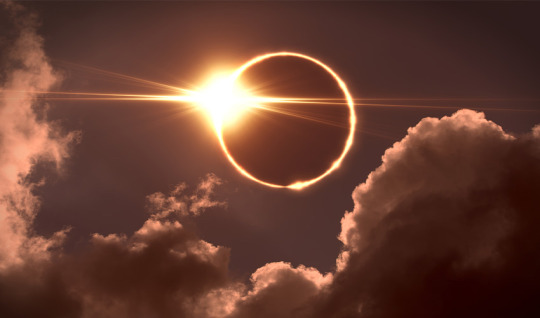
(NEW UPDATE WITH PHOTOS) Send us your best photos!
Absolutely beautiful! I hope everyone took this in! Makes you think just how small we are. A moment the world comes together as one! That’s true humanity . We will be uploading more amazing photos to this same post. So come back later on and check out our 2024 once in a lifetime eclipse photos.
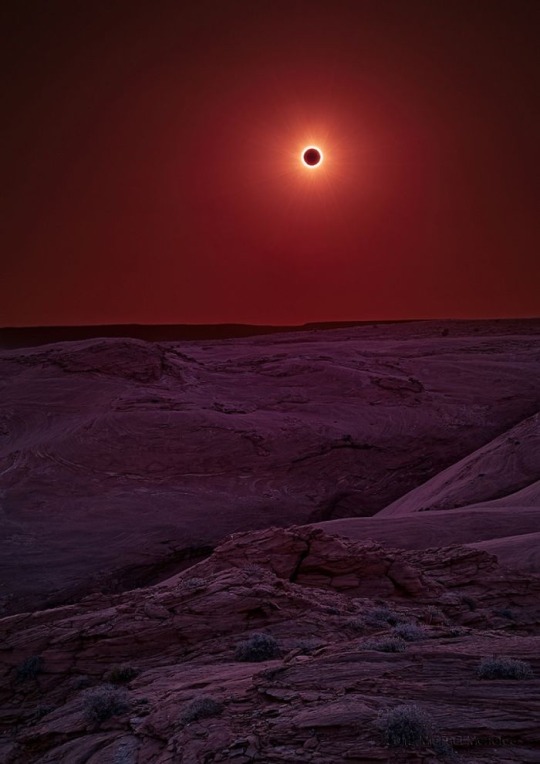







#solar eclipse#eclipse 2024#2024#astronomy#astronomers#nasa#universe#astrophotography#nasa photos#astrophysics#outer space#nasawebb#hubble space telescope#i love astronomy#astronomy facts#astrography#astrobiology#astronauts#astro community#space program#planetary science#planetary nebula#international space station#space exploration#space#science facts#space science#sci#astro notes#astro observations
6K notes
·
View notes
Text

Stingray Nebula
“Archival data from the NASA/ESA Hubble Space Telescope reveal that the nebula Hen 3-1357, nicknamed the Stingray nebula, has faded precipitously over just the past two decades. Witnessing such a swift rate of change in a planetary nebula is exceedingly rare, say researchers. These images captured by Hubble in 1996 (left), when compared to Hubble images taken in 2016 (right), show a nebula that has drastically dimmed in brightness and changed shape. Bright blue shells of gas near the centre of the nebula have all but disappeared, and the wavy edges that earned this nebula its aquatic-themed name are virtually gone. The young nebula no longer pops against the black velvet background of the distant Universe.” - via Wikimedia Commons
#stingray nebula#Hen 3-1357#nebula#space#cosmology#cosmos#outer space#nature#wikipedia#wikipedia pictures#wikimedia commons#spacecore#spaceblr#science#astrophysics#astronomy#hubble space telescope#hubble telescope#planetary nebula#nasa
34 notes
·
View notes
Text
Scientists have studied the moon's surface for decades to help piece together its complex geological and evolutionary history. Evidence from the lunar maria (dark, flat areas on the moon filled with solidified lava) suggested that the moon experienced significant compression in its distant past. Researchers suspected that large, arching ridges on the moon's near side were formed by contractions that occurred billions of years ago—concluding that the moon's maria has remained dormant ever since. However, a new study reveals that what lies beneath the lunar surface may be more dynamic than previously believed. Two Smithsonian Institution scientists and a University of Maryland geologist discovered that small ridges located on the moon's far side were notably younger than previously studied ridges on the near side. Their findings were published in The Planetary Science Journal on January 21, 2025.
Continue Reading.
349 notes
·
View notes
Text

NASA stickers, now available in my shop!
#nasa#planetary science#space exploration#voyager#voyager 1 and 2#voyager space probe#pale blue dot#james webb space telescope#jwst#juno#europa clipper#space#science#stickers
29 notes
·
View notes
Text

The satellite planets of the gas giant Omen, as well as its largest coorbital: Gymnome, Eaurp Guz's homeworld and the setting of Train Puzzle dot exe.
Oldsky, Lake, and Rival are all also known to have life, with Oldsky having a biosphere that is as fully developed as Gymnome.

The orbits of the moons of Omen. The periods are +25.3 hours, +50.7 hours, -174 hours, +236 hours, and +628 hours. Notably, the largest moon, Oldsky, is an obviously captured satellite in a retrograde orbit, but it is thought that Rival and Wanderer are captured satellites as well, with the only surviving original moons of Omen being the three dead-comet-like inner regular moons, which have 7-10 hour periods, as well as Spark and Lake, though the latter have likely been altered at some point in their history by collisions with protoplanets from the inner Zwo-nmu Star System.

The horseshoe orbit of Gymnome wrt Omen.

Scale comparison.
#Worldbuilding#Mellanoid Slime Worldbuilding#Oldsky#Mellanus#Gymnome#Train Puzzle#Planet#space#space art#sci art#moon#moons#gas giant moons#gas giant#science fiction#sci fi#solar system#planetary science
49 notes
·
View notes